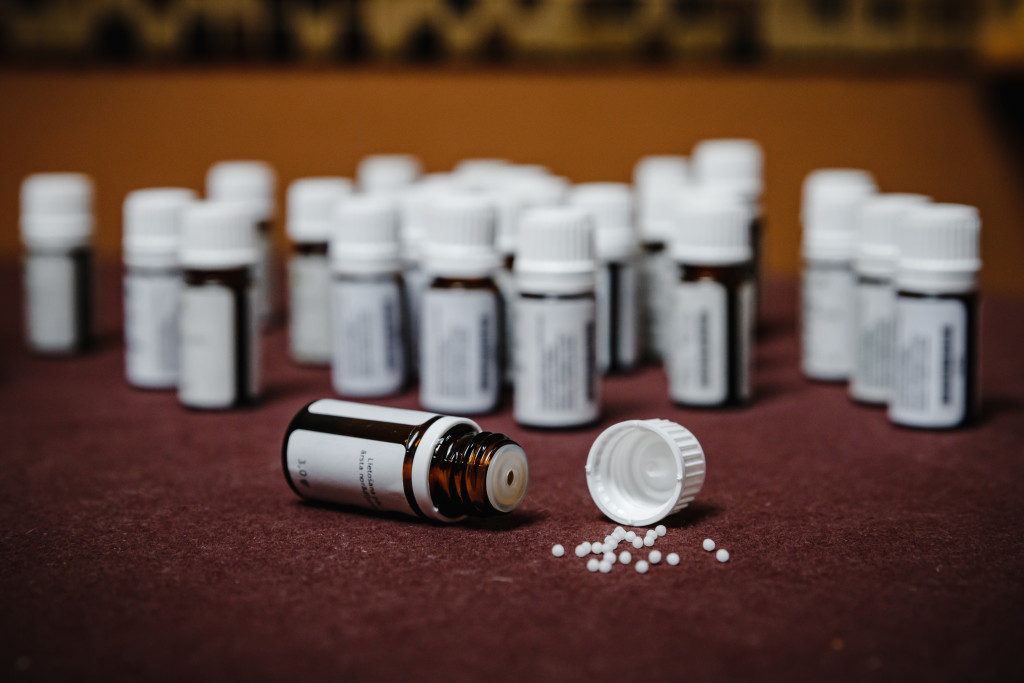New Safety Signals of Acetylsalicylic Acid: Surprising Revelations for an Established Medication
- 19/07/2023
According to GVP, the signal is information on a new or known adverse event potentially caused by medicine that warrants further investigation. Signals are generated from several sources, such as spontaneous reports, clinical studies, and scientific literature. It’s crucial to note that safety signals can arise long after a drug has been approved and widely used. This emphasizes the significance of continuously monitoring and evaluating medications throughout their lifecycle. The primary focus of this article is to examine the safety signals associated explicitly with acetylsalicylic acid, a well-established drug. These signals have recently surfaced and naturally demand careful analysis and evaluation.
A Journey Through History
Aspirin, also known as acetylsalicylic acid, has a captivating history that spans thousands of years. Its origins can be traced back to ancient civilizations such as Egypt and Greece, where the bark of willow trees was utilized to alleviate pain and lower fever, a predecessor to modern-day aspirin. In 1897, German chemist Felix Hoffmann isolated and purified the active ingredient in aspirin, salicylic acid. This marked a groundbreaking moment in the medical field.
Beyond Pain Relief: Cardiovascular Benefits of Acetylsalicylic Acid
Today, acetylsalicylic acid (ASA) is renowned as a pain reliever and fever reducer and holds significant cardiovascular benefits. Its ability to inhibit blood clot formation reduces the risk of heart attacks and strokes. ASA is one of the most widely used drugs worldwide, with an estimated consumption of over 100 billion tablets annually. Despite its long history, ongoing research unveils new potential advantages, applications, and safety signals associated with ASA. This ongoing exploration sheds light on the enduring relevance and continuous discoveries surrounding this remarkable medication.
Exploring Safety Signals: Acetylsalicylic Acid Study Identifies Previously Unmentioned Adverse Events
Our DrugCards pharmacovigilance specialists recently found an article during literature monitoring that conducted a real-world data analysis of acetylsalicylic acid using the FDA Adverse Event Reporting System (FAERS) database. The study examined a staggering 7,510,564 case reports within the FAERS database, with 18,644 reports attributing ASA as the primary suspected adverse event (AE). Through disproportionality analyses, the researchers identified 493 preferred terms (PTs) associated with ASA across 25 organ systems. Remarkably, unexpected and significant AEs like pallor, dependence, and compartment syndrome were observed, which had not been previously mentioned in the drug’s instructions. While further studies are required to confirm and elucidate the relationship between aspirin and these ADRs, the current study provides a fresh and unique perspective on exploring drug-related adverse events. Therefore, continuous monitoring and analysis of real-world data are crucial to enhance our understanding of drug safety and potential risks associated with commonly used medications like ASA.
Intraocular Hemorrhage: Safety Signal Found for Certain Medications and Combination Treatments
The DrugCard platform found a notice from State expert center of the Ministry of Health of Ukraine about a possible link between oral antithrombotic drugs and intraocular hemorrhage. Researchers studied data from the Japan Adverse Drug Reactions Report database from April 2004 to March 2022. They discovered that certain medications showed signs of intraocular hemorrhage, including aspirin, clopidogrel, warfarin, apixaban, and rivaroxaban. Combination treatments involving these medications also displayed signals of intraocular hemorrhage. Younger patients taking aspirin alone had a higher risk of experiencing intraocular hemorrhage. Additionally, elderly patients on warfarin, alone or in combination therapies, also faced increased risk. In most cases, intraocular hemorrhage occurred within 90 days of starting aspirin, clopidogrel, warfarin, or rivaroxaban.
Conclusion
In pharmacovigilance, safety signals are vital in identifying potential medication adverse events. The discovery of safety signals related to ASA highlights the necessity of continuous monitoring and evaluation throughout a drug’s lifecycle. Insights from real-world data and ongoing research enhance drug safety understanding for healthcare professionals and patients.



